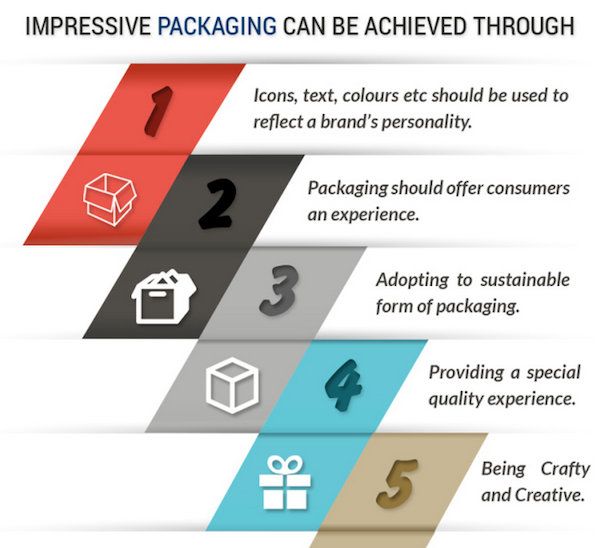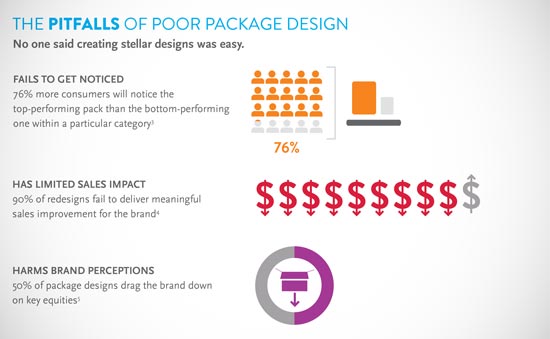Packaging design has been selling products for a very long time. We do judge the book by the cover and this is especially true with consumer products. Packaging designers look to attract the shopper and convince him or her to buy the product. To help out here are some tips. Sell products with these packaging design tips.
Start-ups can’t afford to risk poor packaging. Established brands may be able to take the PR and financial hit, but just as much try to avoid packaging disasters. Clarity, attractiveness, honesty, and practicality tend to be the focus of well performing design.
Regardless of size of organization and type, well designed packaging is critical to the success of a brand. Ensure success and sell products with these packaging design tips for any size company.
Simplistic and Clean
Simplistic and clean design does not mean necessary minimalistic, even though it can. It means the design should be simple to start with. It should be straightforward and easy to recognize brand and product type. Clean in design, meaning not cluttered and crowded with unnecessary details. Think what needs to be on the primary packaging vs. secondary.
Honest and Attractive
Packaging must have the ability to sell the product. This means it has to be attractive. Even odd products tend to be packaged attractively. The packaging type chosen and the color of the design, including the layout, often achieve this. The packaging also has to be honest. It must be truthful or the brand risks the negative impact.
Shelving Practicality
The appeal of the product packaging to the shopper is critical. The design also incorporates the shelving practicality. The shopper sees the products from a slight distance, not in great detail often. A row of products tends to be viewed from a shopper’s point of view. Consumer products must be designed with shelving practicality in mind to succeed.
Product Extension
The design of products must allow for easy product extension. Meaning the design, should allow for additional products to be added. The design should allow for clear distinction between products with a uniformed brand. Brands often add new products due to consumer demand or market changes.
For best results, companies should work with professional designers with plenty of experience in product design. Experts know what to avoid and therefore do not fall into expansive pitfalls. Experts are able to deliver designs for products that meet the goals of the brand and the future consumer.









